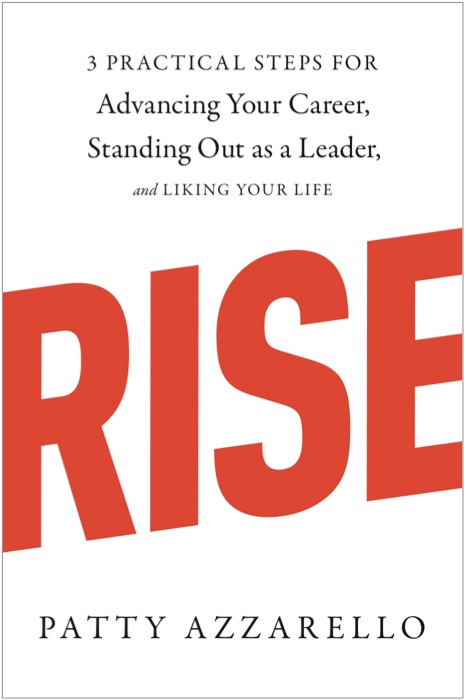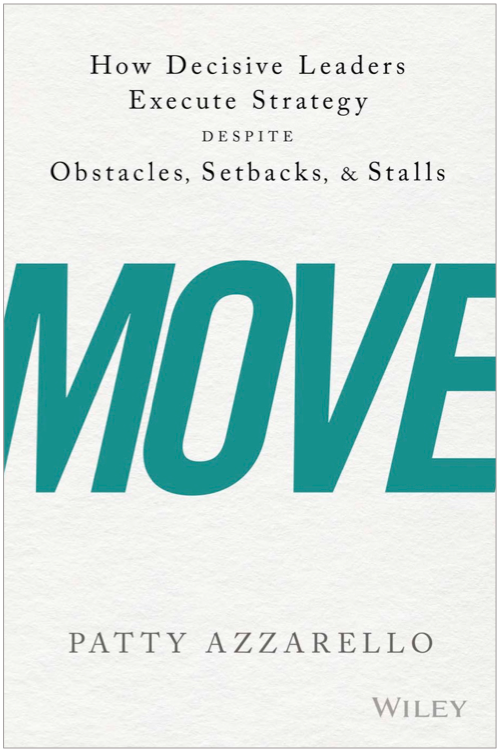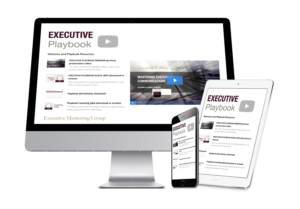FIRST, Stop trying to be impressive
If you are in a situation where you need to be impressive… a job interview, a sales call, a negotiation, a presentation — one of the worst things you can do is to try, on purpose, to be impressive.
When you set your focus on trying to be impressive you immediately put yourself in an acting mode. It makes you guarded, over-managed, defensive, and more nervous.
No one is ever more impressive when they are trying to be impressive.
Trying to be impressive puts you in a mode of “convincing” and convincing-mode is one of the weakest positions you can put yourself in.
Here are 4 ideas to actually BE impressive — by NOT trying so hard.
1. Think Useful vs. Impressive
At one point I learned to stop focusing on (worrying about) being impressive on purpose. Instead I focused on trying to be genuinely useful.
The first step in truly impressing someone is to give them something genuinely useful or valuable.
The value is what creates the positive impression.
So before you walk into the situation, put some thought into what the person or audience will truly value and prepare to deliver that.
2. Think “Helping a Friend” instead of “Convincing”
This is a technique I developed when I would get really nervous before talking to an important executive.
Sometimes your goal in the moment is to actually convince someone of something… to sell something, to get budget, to get agreement…
But you need to put the convincing idea aside, because convincing-mode comes across really bad. Think about how ugly it feels when someone is trying to convince you of something.
And convincing-mode often is a result of trying too hard to be impressive, because you are focused on convincing someone that you are credible or important.
If you focus on being impressive, it will weigh on your nerves.
Your heart rate goes up, your voice gets higher and your whole demeanor betrays, “I’m really not confident but I’m trying to impress you!”
I needed to figure out a way to manage my nerves. The way I ultimately solved this problem was instead of trying to be impressive, I would get myself in the mindset of:
“What would I be saying and doing if I were trying to help my best friend?”
Instead of thinking of positioning, selling, marketing or convincing, I would think, “What would I say if this executive, client, hiring manager or prospect sitting across the table from me was actually my best friend?”
First and foremost I would be much more comfortable and less nervous with my friend.
I would be thinking, hello friend…1. How are you? I’m actually interested. What’s important to you? And 2. How can I help?
And if what I have to present is not genuinely interesting or helpful to them, then I wouldn’t drag them through my presentation!
I wouldn’t do that to my best friend.
I’d talk about whatever would actually help them.
Back to the executive…This idea doesn’t mean you cannot have the intention to persuade or to sell, it just means that by treating them the way you would treat your friend, you’ll be less nervous and you’ll actually do a better job persuading and selling because you’ve put yourself in the mode of genuinely trying to be helpful!
I can tell you that I’ve spent 52 minutes of a 1 hour meeting discussing their problems with teen-agers, their boss, a challenging project or colleague…and in that conversation have found an authentic hook to offer something of value to get to the next meeting or the next step — in the last 8 minutes.
And I can tell you that this was a much more successful outcome than I would have achieved if I had tried to be impressive with my presentation starting in minute 1.
3. Drop the Business Speak
Another hazard of trying too hard to be impressive is focusing on sounding smart instead of focusing on really communicating.
I tend see these big-word, business-speak, smart-sounding people coming across as arrogant and contrived — which, by the way is also not impressive. It puts people off. And it’s also not the way you would talk to your best friend.
It always amazes me how some people actively insist that talking in big words will make others think they are more impressive. It doesn’t work.
Because clarity is more useful than simply sounding smart.
Never confuse being clear for not being smart.
4. Find your authentic platform and start there
We all have situations that make us nervous, where we want to make a good impression.
I am always the most nervous when I am pushed to do or talk about something where I had not yet found the base thing that felt true for me.
When you get scared, find a platform to work from that feels true and comfortable for you.
That’s where I start.
Often it takes a lot of time, but every time I feel uncomfortable about presenting something it’s because it doesn’t feel right in some way. I need to find that angle that feels right before I start preparing the content.
For example, one time I was asked to speak at a scholarship luncheon at my university where I funded a scholarship. They kept telling me that they wanted me to talk about what it was like to be a donor (to inspire other people to be donors). I couldn’t get comfortable with that. I couldn’t find an true-feeling idea about what it felt like to be a donor. And I certainly did not want to be in the position trying to convince others that they should be donors.
For weeks I racked my brain to come up with an authentic platform. Would could I base my talk on that I felt comfortable with?
Finally, it occurred to me that the authentic platform here was not that I was a scholarship donor but (unlike the donor/speakers in years past) I was also a scholarship recipient.
So I talked about the enormous, life-changing difference that a scholarship from this University made in my life and how grateful I was. And that it was an honor to now be able to help other students. That felt real to me. A donor pitch did not.
When you find your real story, it has wonderful way of increasing your confidence and settling your nerves.
I’ve gone through the same process with business presentations or proposals.
Instead of talking about networking management technology, I would first understand what the client was struggling with (Not just around network management, but in work and life in general — like I’t talk to a friend). Then we could have a conversation about how increasing the reliability of IT operations not only can improve business profitability, but would reduce career risk and stress, give them more uninterruptped time at home with their family, and create new opportunities for IT leaders.
Clients would be impressed that I would have a regular, human conversation with them! They became inclined to buy from us.
If I had tried too hard to be impressive, or tried too hard to convince them that they needed to make an investment in my technology, it would have been much less effective, and I would have been viewed personally as much less impressive.
Identify something that you truly care about or that you are genuinely enthusiastic about, or identify something your audience truly cares about, and then start your preparation or presentation from there.
You’ll be so much more impressive talking about thing you both truly care about, than if you just think about trying to be impressive.
Confidence and Resilience – Executive Playbook
This month in my Executive Mentoring Group, the topic is Confidence and Resilience.
You can get this Playbook and more for FREE by starting a free 30 day trial.
What do you think?
Join the conversation about this on my facebook page.
Was this useful?
If you found this article useful, please help me share it with others and encourage them to subscribe to this Blog for free.
Patty Azzarello is an executive, best-selling author, speaker and CEO/Business Advisor. She became the youngest general manager at HP at the age of 33, ran a billion dollar software business at 35 and became a CEO for the first time at 38 (all without turning into a self-centered, miserable jerk)
You can find Patty at www.AzzarelloGroup.com, follow her on twitter or facebook, or read her book RISE…3 Practical Steps for Advancing Your Career, Standing Out as a Leader, AND Liking Your Life.






